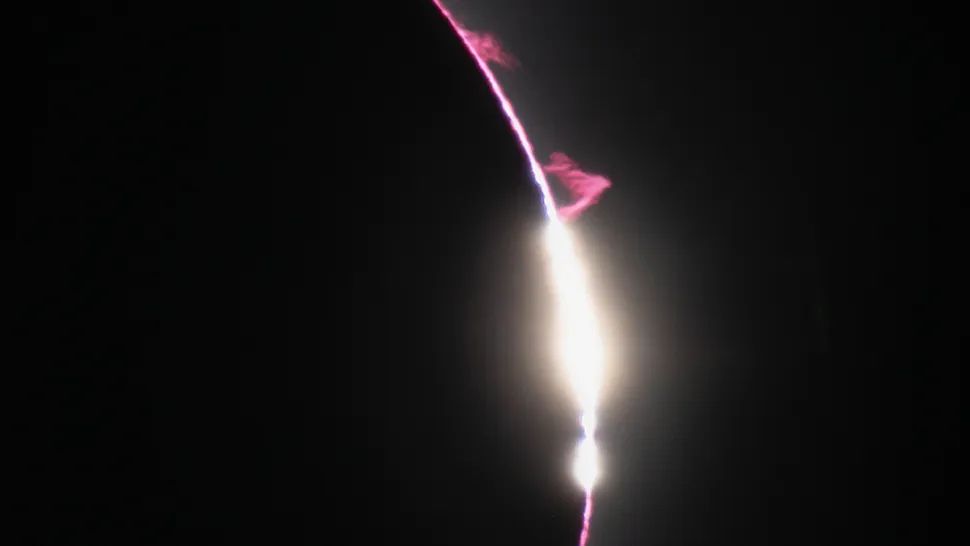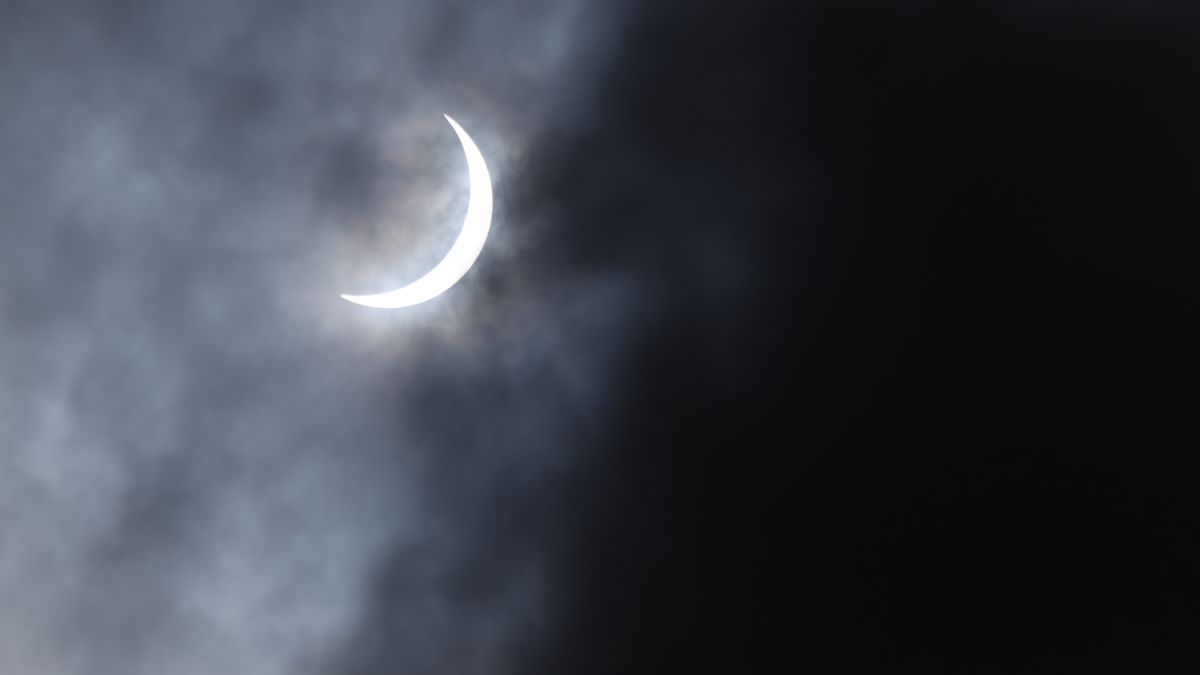The Unprecedented Total Solar Eclipse Coming to North America
North America is gearing up for a total solar eclipse of remarkable magnitude. On April 8, millions of individuals across northern Mexico, the United States, and southeastern Canada will have the opportunity to witness totality, experiencing darkness during the day and having the chance to view the sun’s corona with the naked eye. However, many may not fully grasp how exceptional and infrequent this event truly is. Here’s why the upcoming total solar eclipse could be the most significant in hundreds of years, with enduring effects for generations to come:
The Longest U.S. Total Solar Eclipse since 1806
Those observing the total solar eclipse from Mexico may witness up to 4 minutes and 28 seconds of totality. While this duration will decrease as the moon’s dark central shadow accelerates and elongates from southwest to northeast, areas near the U.S.-Mexico border could experience up to 4 minutes and 26 seconds of totality. The last time North America encountered a total solar eclipse of such extent was on June 16, 1806. This eclipse lasted up to 4 minutes and 55 seconds, spanning from Baja California to Cape Cod, passing through Albuquerque, Kansas City, Cleveland, and Boston. Notably, the event was heralded in Boston by the book “Darkness At Noon” and holds significance as Tecumseh’s Eclipse. According to eclipse enthusiast Bill Kramer, two Shawnee leaders predicted and observed the eclipse in Greenville, Ohio, a location expected to witness totality for 3 minutes and 55 seconds on April 8, marking Ohio’s first total solar eclipse since 1806.
The Synchronization with Solar Maximum
April 8’s total solar eclipse coincides with solar maximum, an occurence that enhances the visual impact of the solar corona. During solar minimum, characterized by minimal magnetic activity over an approximately 11-year solar cycle, the corona exhibits an asymmetrical, thorny appearance, as seen during the 2017 total solar eclipse in North America. In contrast, on April 8, the corona will appear more expansive, symmetrical, and reminiscent of a sunflower. This transformation is a product of heightened solar magnetic activity anticipated to peak sometime within the current year. The last time a total solar eclipse visible from North America synchronized with solar maximum was on February 26, 1979.
The Darkest U.S. Total Solar Eclipse in Over Two Centuries
Extended totality leads to greater darkness, a factor that may astonish eclipse enthusiasts accustomed to the twilight-like illumination observed during the 2017 total solar eclipse. The intensity of darkness is directly related to the magnitude of a solar eclipse, representing the portion of the sun’s diameter obscured by the moon and influencing the width of the path of totality. The 2017 eclipse had a magnitude of 1.03 and a path width of approximately 70 miles, allowing for the revelation of Venus. In contrast, the upcoming April 8 eclipse will have a magnitude of 1.05 and a path width of about 115 miles, providing the opportunity to view both Jupiter and Venus against a darkened sky.
Potential Visibility of a Comet
There is a slim possibility that a comet might be visible during the April 8 totality. Comet 12P/Pons-Brooks, also known as the “Devil Comet”, is anticipated to be roughly 25 degrees from the sun, in close proximity to Jupiter. While Jupiter should be discernible to the naked eye during totality, the comet, with a predicted magnitude of +4.7, might just reach the threshold of naked eye visibility. Should the comet undergo an outburst, an event it has experienced previously, it may become more observable. Observers equipped with binoculars may wish to conduct a swift scan for the comet during totality, although long-exposure photography might offer a more tangible chance to capture its presence.
The Most-Watched Total Solar Eclipse in North American History
An estimated 31 million individuals residing within the U.S. are situated along the path of totality, encompassing portions of 15 states. When including northern Mexico and Canada, approximately 40 million people are expected to observe the total solar eclipse—a stark contrast to the 12 million viewers of the 2017 eclipse.
A Highly Urbanized Total Solar Eclipse
Roughly one-quarter of individuals witnessing the April 8 totality will do so from urban areas. Notable cities within the path of totality include Mazatlán and Torreón in Mexico, Dallas-Fort Worth-Arlington, Austin, and parts of San Antonio in Texas, Little Rock, Indianapolis, Cleveland, Buffalo, Rochester, Hamilton, Niagara, St. Catharines, Kingston, and Montreal in Canada, collectively attracting around 10 million viewers.
Several other distinctive features characterize the total solar eclipse slated for April 8. Acting as the final total solar eclipse in North America until a subsequent occurrence in Alaska on March 30, 2033, it will offer the lengthiest totality observed on land since the 4 minutes and 40 seconds totality witnessed on Rapa Nui/Easter Island on July 11, 2010. Furthermore, regions that experienced totality during the 2017 eclipse, such as Southern Illinois and Missouri, will undergo a second totality experience within a span of less than seven years.
Stay informed with the latest eclipse updates on our eclipse live blog and witness the entirety of the total eclipse event right here on Space.com.
Image/Photo credit: source url





